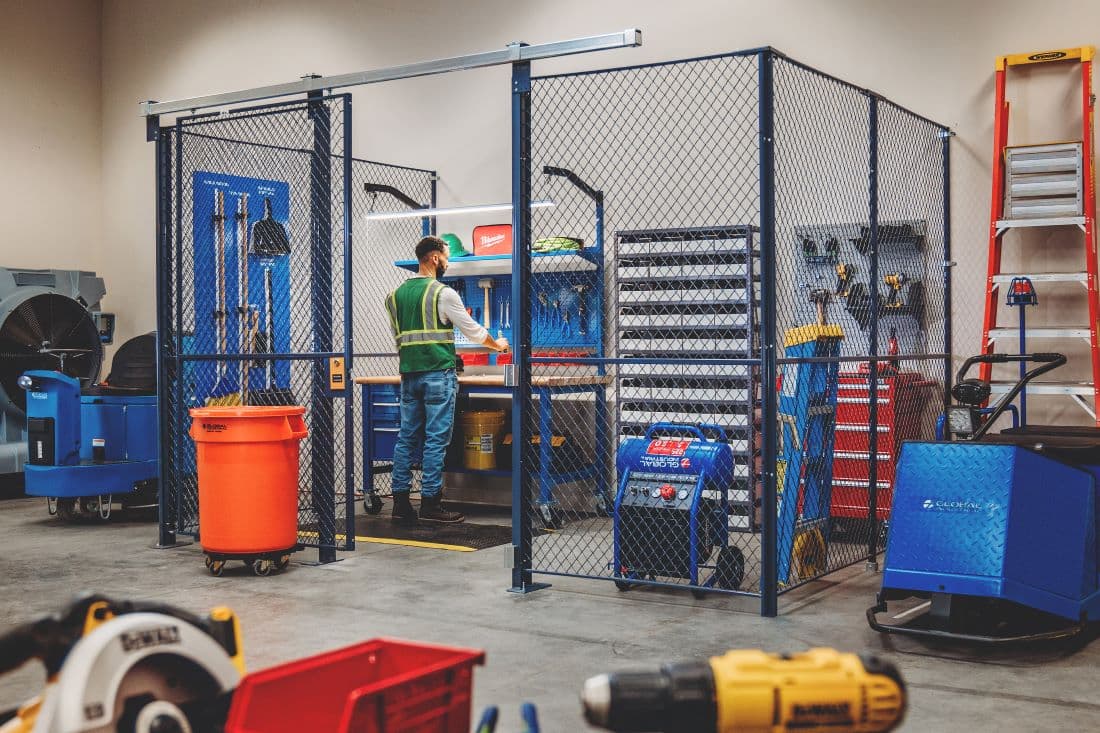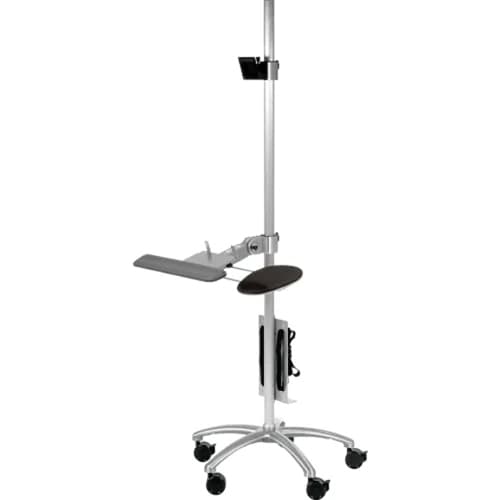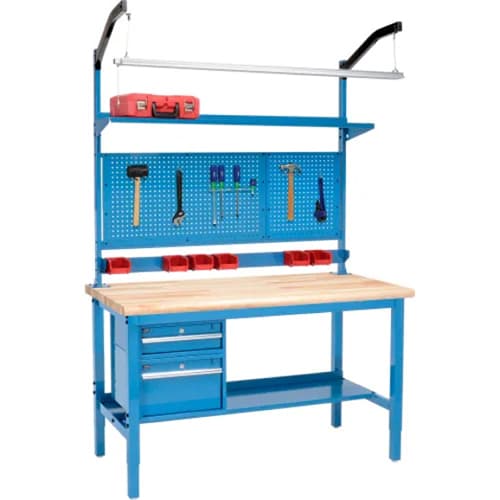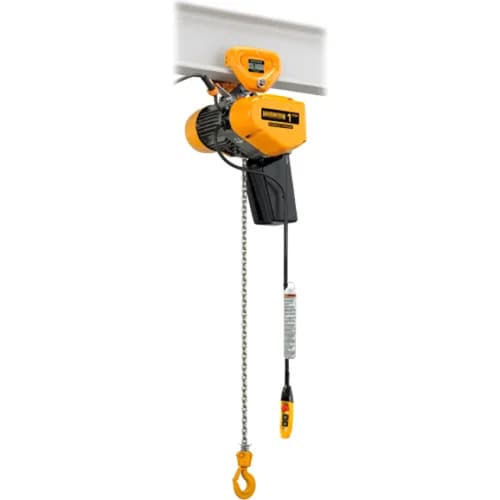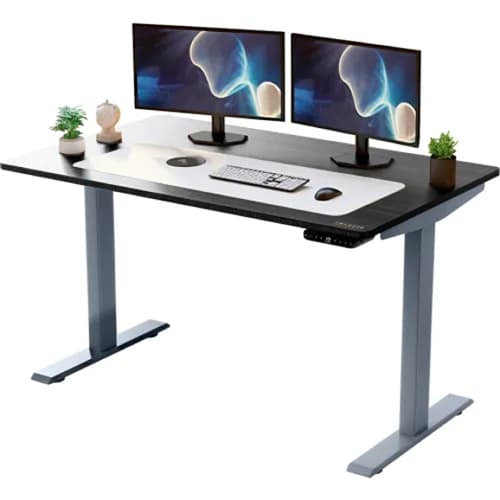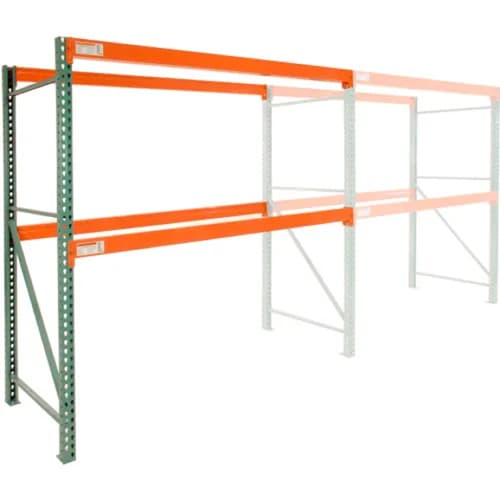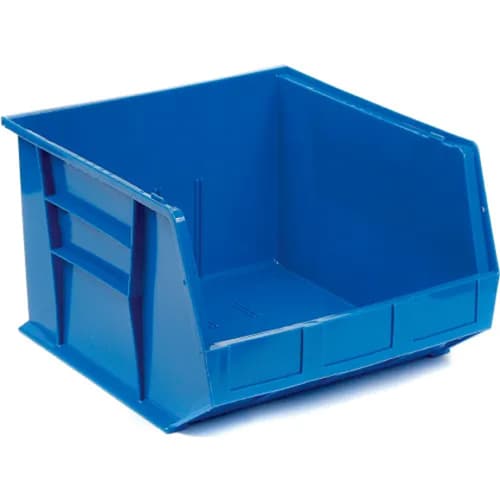With some simple ergonomic improvements to your workspace, you can reduce the risk of injuries, enhance productivity, and ultimately lead to a much more efficient operation. While this article will focus on industrial ergonomics, it is worth looking at ergonomic improvements for any office or jobsite. So, what is ergonomics, and how can facilities leverage it effectively for both owners and operators?
What is Ergonomics?
Ergonomics is the science of optimally designing and arranging workspaces to fit the tasks performed and the people performing them. Ensuring a worker’s physical and psychological safety are key to any ergonomic evaluation. You want to create a workspace where employees can perform their tasks with minimal physical effort or strain. This approach reduces the risk of musculoskeletal disorders (MSDs) and enhances overall operational efficiency. In many places, ergonomic efficiency is not just a best practice: it’s the law. For instance, the New York State Senate recently established the Warehouse Worker Injury Reduction Program as an amendment to its labor law. This act mandates that employers develop and enforce formal injury reduction programs, assessing workplace risks and minimizing musculoskeletal injury hazards. Compliance with OSHA ergonomic standards is also essential for ensuring worker safety and avoiding penalties. So, how do you create ergonomic workspaces to protect facility owners and operators?
Common Ergonomic Issues for Warehouse Workers
Warehouse employees often face various ergonomic challenges throughout their workday, including:
- Physical strain from repetitive movements: Repeating the same motions, such as lifting, reaching, or scanning, can lead to strain injuries over time. This is a common issue in shipping departments, on loading dock, and in manufacturing facilities.
- Poor posture: Awkward bending, twisting, or prolonged standing can cause long-term musculoskeletal problems. For instance, a worker in a manufacturing cell or material handling role may spend a good deal of the day hunching or straining to do their job.
- Fatigue: Physically demanding work, especially without adequate breaks or supportive equipment, can lead to exhaustion, increasing the risk of mistakes and injuries. Workers in packaging and shipping departments, loading docks, and inventory management roles can experience excess wear-and-tear on their body and mind – especially managing peak season.
Integrating ergonomic solutions in a warehouse setting provides numerous advantages, including:
Workplace Injury Prevention
Minimizing repetitive motions and awkward postures helps prevent musculoskeletal disorders such as back pain, carpal tunnel syndrome, and muscle strains. Prioritizing safety and ergonomics leads to fewer employee accidents and injuries, aligning with workplace injury prevention strategies.
- 59% reduction in musculoskeletal disorders (MSDs)
- 65% reduction in injury incidence rates
- 75% reduction in lost workdays
- 53% reduction in restricted workdays
- 68% reduction in workers’ compensation costs
Cost Savings
Let’s talk about the bottom line. Fewer workplace injuries translate to lower workers' compensation claims and healthcare expenses. Given that MSDs account for approximately one-third of workers' compensation costs, businesses can achieve significant financial savings by implementing ergonomic practices. Indirect costs, such as lost productivity and training new employees, can be up to 20 times the direct cost of an injury.
- 39% reduction in cost per claim
- 43% decrease in labor costs
Enhanced Productivity
When employees experience less physical strain, they work more efficiently and productively. Ergonomic improvements can result in a 25% increase in productivity.
Improved Product Quality
Workers struggling with fatigue or discomfort may not perform tasks with precision. Poor ergonomics can lead to defects or errors in assembly, packaging, or inventory management. Companies implementing ergonomic improvements report a 67% reduction in product defects and errors.
Boosted Employee Morale and Retention
Prioritizing worker well-being improves job satisfaction, reduces absenteeism, and increases retention rates. Employees are more likely to stay with a company that invests in their health and safety.
Regulatory Compliance
Adhering to ergonomic principles helps companies meet OSHA ergonomic standards and other relevant labor regulations, avoiding penalties and legal issues.
Steps to Implement Ergonomics in Your Warehouse
The value of ergonomic efficiency in the workplace is clear. Here are some key steps in implementing change:
1. Workplace Ergonomic Assessment
The first step in improving warehouse ergonomics is conducting a thorough workplace ergonomic assessment. This involves:
- Enlisting a qualified ergonomist to assess job roles, processes, and workspaces.
- Identifying risk factors such as repetitive motions, excessive force exertion, and awkward postures.
- Determining whether employees are subject to adverse conditions due to workload quotas or operational inefficiencies.
2. Investing in Ergonomic Equipment
Facility owners and operators can significantly enhance workspace ergonomics by incorporating purpose-built equipment whenever possible. Essential industrial ergonomic solutions include:
Ergonomic Workstations
Properly designed stations reduce strain and improve efficiency.
Adjustable Workbenches
Solutions like the Gladiator Workbench and Husky Table with Drawers offer customizable surfaces that improve worker comfort.
Ergonomic Lifting Equipment
Material handling solutions such as hoists, forklifts, and conveyors reduce the need for manual lifting.
Ergonomic Adjustable Desk
Employees who handle paperwork or administrative tasks can benefit from adjustable desks that promote proper posture.
Configurable Shelving
Properly designed storage systems reduce excessive reaching and bending.
Ergonomic Bins and Containers
Appropriately designed storage bins improve accessibility and reduce strain.
Anti-Fatigue Floor Mats
Supportive flooring reduces stress on workers’ joints, decreasing discomfort during long shifts.
3. Implementing Ergonomic Best Practices
Beyond equipment investments, ergonomic improvements require operational adjustments such as:
- Correcting Posture While Operating Machinery: Ensuring that forklift operators and other machinery users maintain proper seating and positioning.
- Rotating Tasks: Reducing repetitive motion injuries by varying job assignments.
- Training Workers on Proper Lifting Techniques: Educating employees on safe lifting methods to prevent back injuries.
4. Ergonomic Training Programs
Training is crucial for fostering an ergonomic workplace. According to OSHA, employees should be educated on the benefits of ergonomics and trained on specific techniques to minimize strain. Ergonomic training programs should cover:
- Proper lifting and carrying techniques.
- Strategies for maintaining good posture.
- Recognition of early symptoms of musculoskeletal disorders.
Prioritizing warehouse ergonomics isn’t just about compliance—it’s a smart investment in worker safety, productivity, and long-term cost savings. By systematically reducing ergonomic risks, companies can prevent injuries, enhance efficiency, and create a healthier, more sustainable workplace. Businesses that proactively address ergonomic challenges set themselves up for success by ensuring their workforce remains healthy, motivated, and efficient. With the right combination of evaluation, equipment, best practices, and training, warehouses can create workspaces that help employees succeed while minimizing risks and operational costs.
Global Industrial is the source for industrial equipment and supplies to help facility owners and operators create efficient, effective, and ergonomic workspaces.
The information contained in this article is for informational, educational, and promotional purposes only and is based on information available as of the initial date of publication. It is the reader’s responsibility to ensure compliance with all applicable laws, rules, codes and regulations. If there is any question or doubt in regard to any element contained in this article, please consult a licensed professional. Under no circumstances will Global Industrial® be liable for any loss or damage caused by your reliance on this article.
